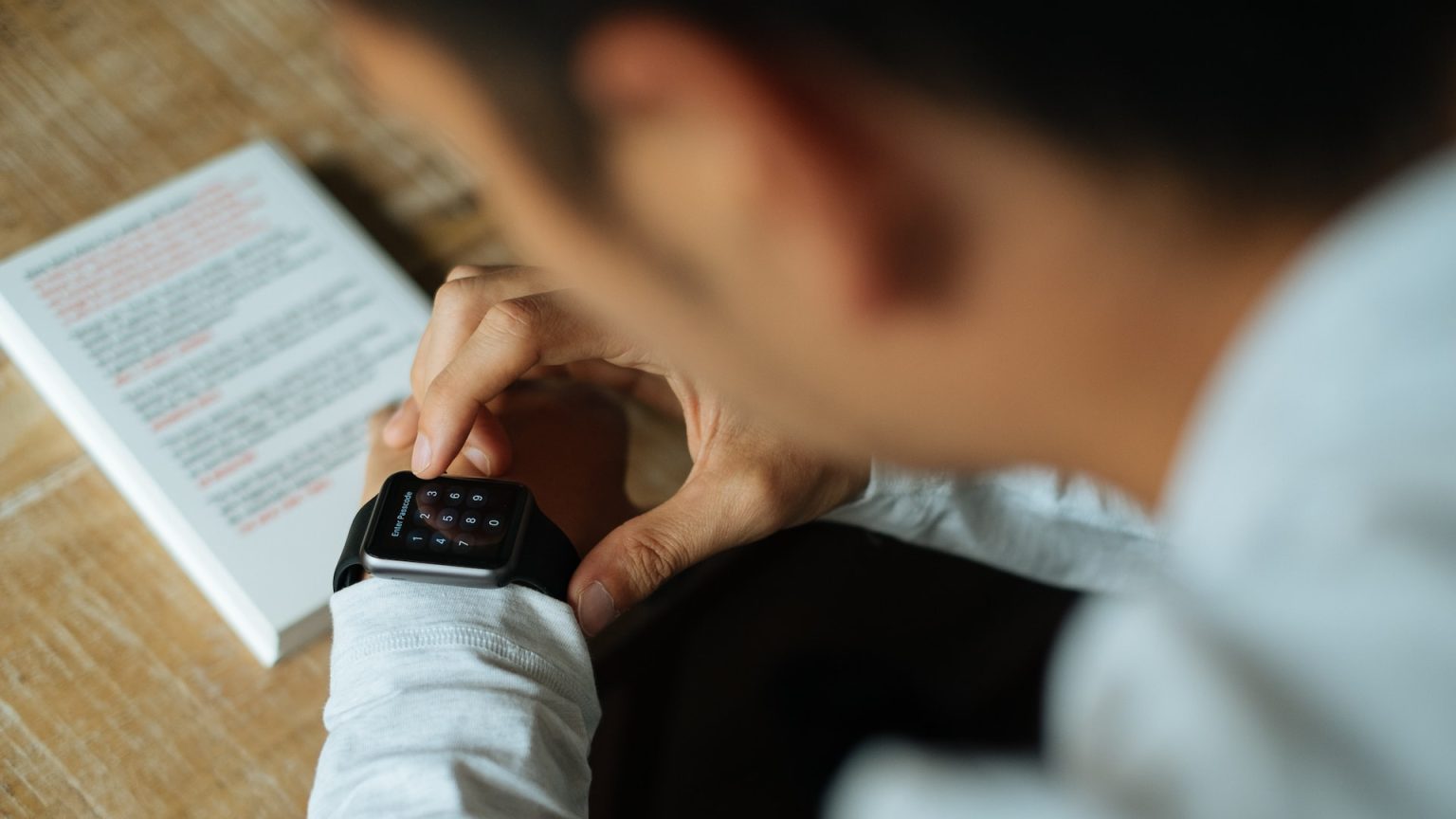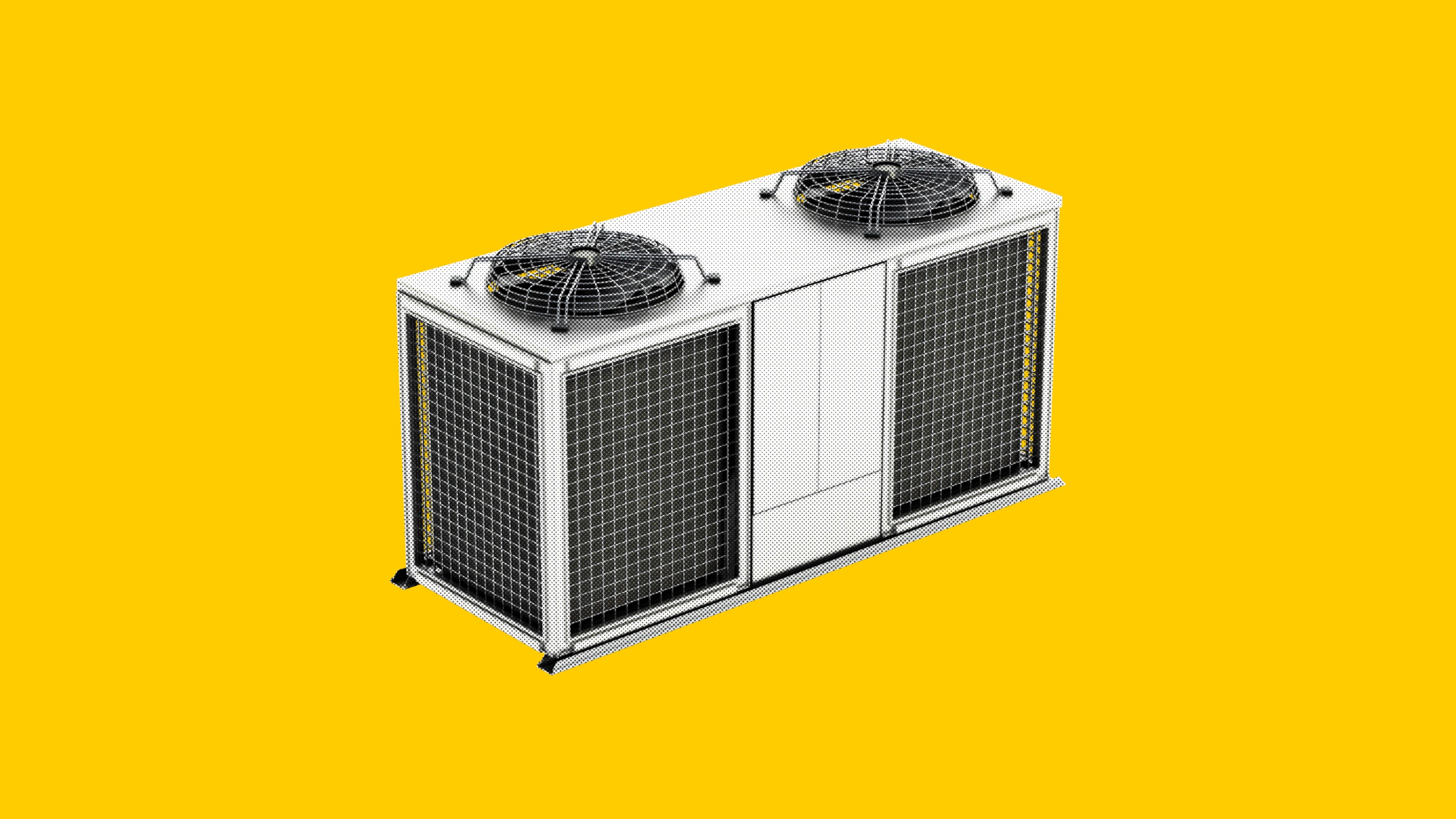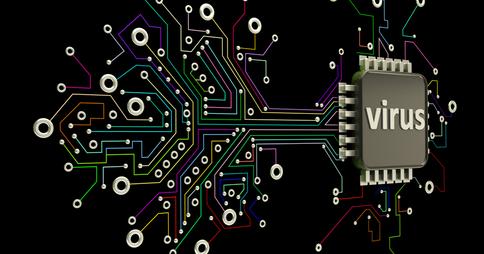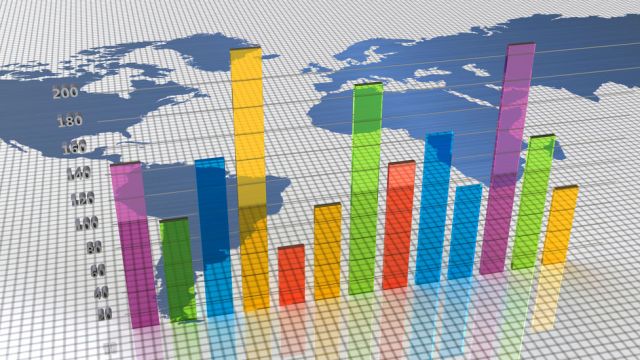New Devices Harvest Electricity from Human Movement

What’s the Latest Development?
Devices that harvest human locomotion to power electrical devices and store excess energy are becoming a reality, potentially satisfying some of our species’ growing energy demand. In the UK, researchers have built a leg brace which harvests electrons from the wearer’s knee. When the knee bends, “four metal vanes in the device are ‘plucked,’ which then vibrate like a guitar string and produce electricity.” And last month, scientists at Lawrence Berkeley National Laboratory demonstrated a device that uses viruses to translate pressure into electricity using a phenomenon known as piezoelectricity.
What’s the Big Idea?
Currently, such technology is only good enough to power the harvesting device itself, meaning a commercial product will remain unavailable until excess electricity can be generated and stored for use at a later time. Berkeley scientists, whose device can produce 6 nanoamps of current and 400 millivolts of potential, have a goal of producing 50 to 70 nanoamps. To do this, they will use a virus that forms nanometer-scale structures on their own. “The virus material can also be sprayed onto a surface, potentially turning any wall or floor into an energy harvester from footsteps and vibrations.”
Photo credit: Shutterstock.com





